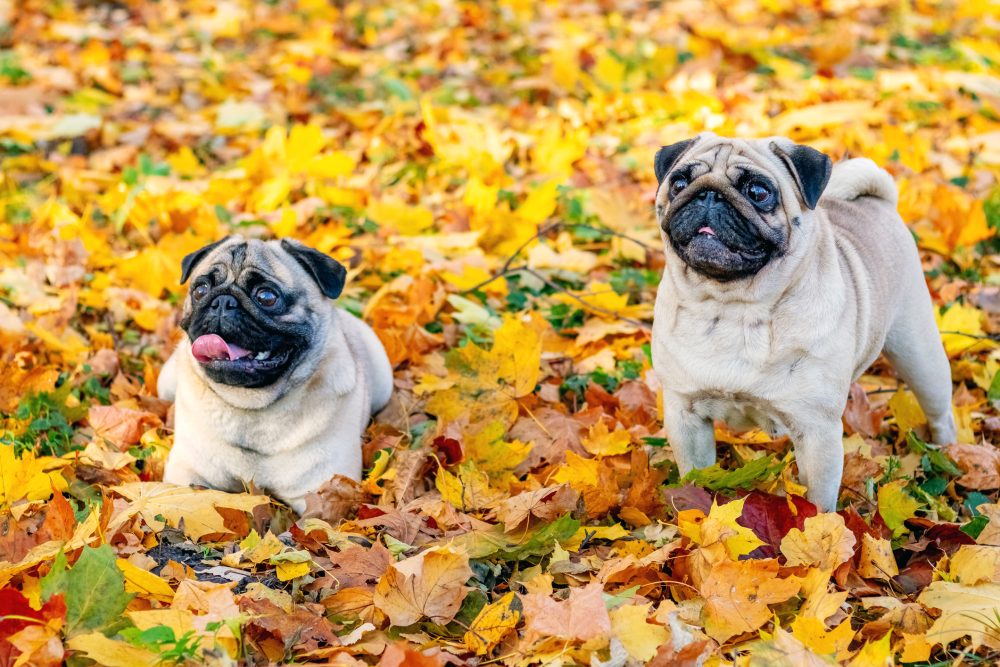
The Matchbox Bar outside Sedalia, Colorado was situated halfway between two destinations popular with motorcycle enthusiasts. Serving the coldest beer in the history of the planet made it favorite stop with bikers, riders, and cruisers, but other than the ceiling, the place was nothing special: It was a little dark, it had a basic square floor plan with a pool table in the back, a bar on one side, and a few tables and chairs on the other. As for the ceiling, it, too, started out as nothing special: An inexpensive styrofoam ceiling installed to be durable and absorb sound in a room with hard surfaces.
This all changed the night that someone flipped a coin to see who would “break” the balls in a game of pool. The coin tosser was evidently stronger than he realized because the coin that was tossed ‘up’ never came ‘down.’ As the story goes, observers and participants to the coin toss looked up and found to their amazement that the coin had embedded itself in the styrofoam ceiling. One imagines that from that point on, it became a game or test of skills to see if a patron of the bar could duplicate the feat.
By the time we discovered the Matchbox Bar, the ceiling was textured with thousands of dollars in coins, and anyone who didn’t already know would have been hard-pressed to guess the original ceiling material.
It was a wonderful tradition that made for great stories, but it all came to an end when the local health department issued a humorless violation stating that at any moment, a coin could come loose, fall into the drink or food of a bar guest, and KILL THEM INSTANTLY. While the citation had logic to it, no one had ever heard of anyone swallowing a coin from the ceiling. That said, the health department won. The ceiling was replaced to the grumbling of chopper riders wearing leather chaps, and a certain mood to the place forever vanished. Within a few years, the entire bar was bulldozed to make way for road expansion. It might have been “progress,” but from another point of view, it was government getting in the way.
We were reminded of the Matchbox Bar and Grill as we read about a similar situation faced by dog owners – one breed in particular.

Photo by Matthew Henry
Between the late 1990s through the mid 2000s, a grassy hilltop located in Central Park in New York City became especially popular with small dog owners who found the terrain suitable for little legs. Some sources say the spot was made popular by attorney, John Jeannopoulos, whose circle included high profile Pug owners including executives, editors, and even celebrities like Paula Abdul and Warhol Factory mainstay, Brigid Berlin. The Sunday turnout of Pugs – sometimes more than 50 at a time – lead to the spot being called, “Pug Hill,” the gatherings so well-attended that observers described the scene as a “fawn and black whirlpool moving through the grass,” referring to the typical colors of Pugs. Indeed, the spot grew into something more than just a meeting place; it evolved into a symbol of community and camaraderie among Pug owners living in an bustling big city.
By 2006, Pug Hill had become so famous that it not only took its place in the history of New York City’s cultural landscape, but inspired an eponymous book written by Alison Pace.
Sadly, Pug Hill met a similar fate as the Matchbox Bar. Despite its popularity and the sense of community it fostered, the gatherings at Pug Hill were eventually discontinued because of increased enforcement efforts by the New York City Parks Department. As we understand it, some faulted the city for having become an “anti-dog, law-enforcement-happy city” (the leash law may have occasionally been violated in the spirit of the moment) but it effectively brought an end to the regular Pug meetups.
Photo of Pugs by ©Volodymyr Muliar/Dreamstime
